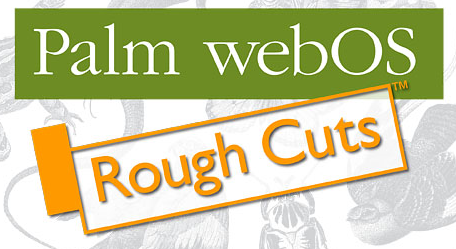What have we learned about webOS?

O’reilly release the first chapter of their new webOS book in the past few days and it has been a welcome island in a sea of tedious rumours. While others may wildly speculate on when the Pre will appear, at least we now have some idea of what it will be running.
So what does this chapter tell us about webOS? Well, a lot of the chapter is spent with the usual overview. I tend to skip these chapters in technical books, but webOS is brand new to me, so I gave it the time. Here’s what I learned:
- webOS is expressly intended to support multiple hardware environments with all sorts over screen sizes, resolutions and orientations - This tells me that a good webOS App will not restrict itself to functioning on a Pre form factor
- webOS will use HTML 5 tags to provide storage functions and some graphic functions (using the canvas) - This tells me that I need to get up to speed on HTML 5 and start playing with it in Firefox
- webOS will give you access to Calendar and Contact data, Location Services, Accelerometer data and XMPP messaging - This tells me that the apps we can make are going to be awwwwesome!
- Mojo will come bundled with the Prototype framework - Since I’m a jQuery fan, this means that I have to learn another JS framework, if I’m going to be able to fully exploit the Pre
- The Core OS will support fat32 for media file partitions (with a mention of mounting via USB) - This suggests that it may be possible to plug a USB drive into the Pre for extra storage and ease of file transfer!
There are some nice pieces about design philosophy and UI considerations in the first chapter and some high level introduction to concepts such as stages and scenes.
All in all, and interesting read; certainly enough to whet my appetite for the Pre. Here’s what I’m going to be doing in preparation:
- Learn HTML 5
- Learn Prototype
I think focusing on those two, for now, will put me in good stead. I recommend the same to you.